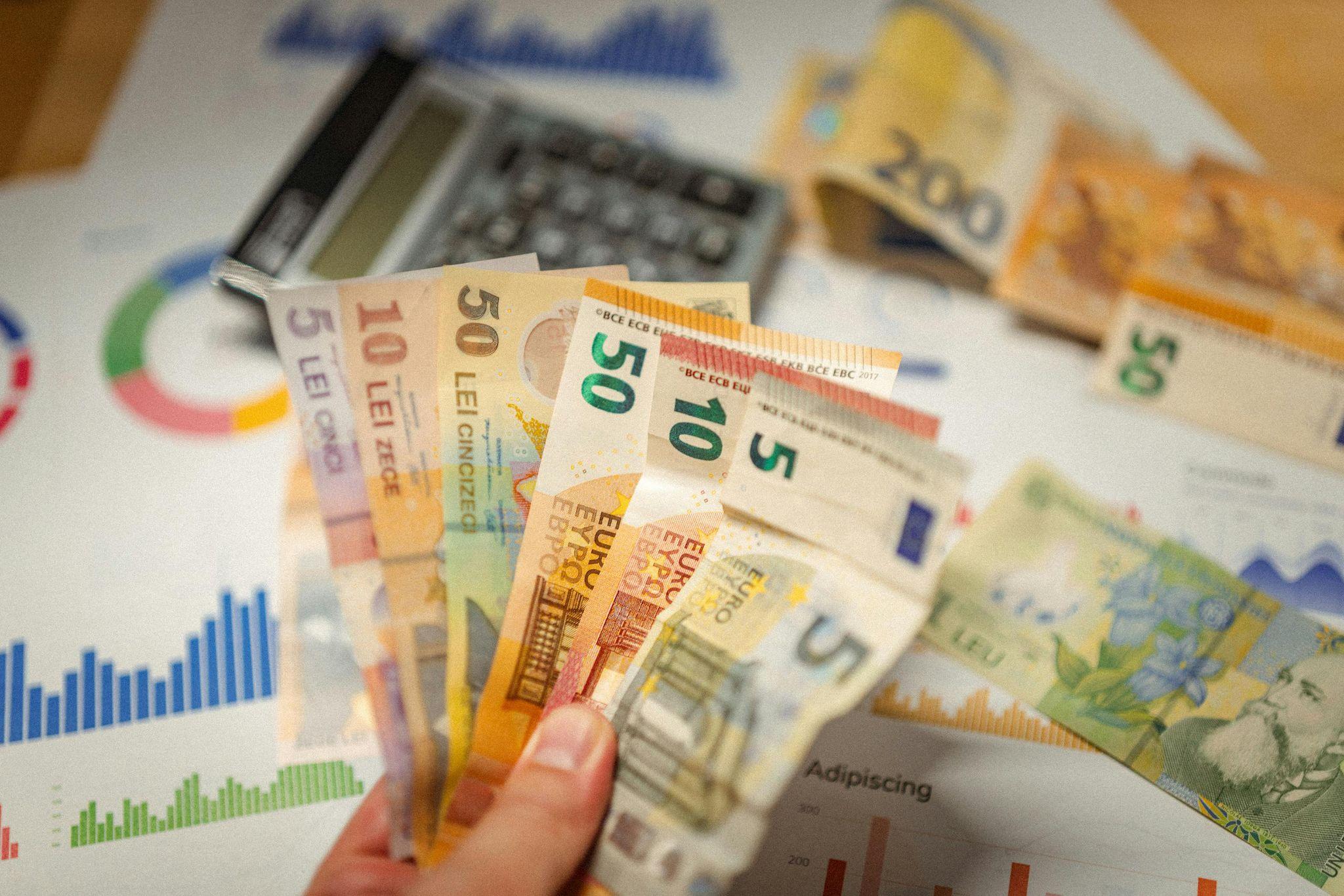Creating landing pages that convert visitors into customers requires more than just attractive design and compelling offers. The most successful landing pages leverage psychological principles that tap into how humans think, feel, and make decisions. Understanding these principles can dramatically improve conversion rates and marketing effectiveness.
Understanding User Behavior and Decision-Making
Every landing page visitor arrives with cognitive biases, emotional triggers, and decision-making patterns that influence how they interact with your content. By understanding these psychological factors, marketers can design pages that align with natural human thought processes.
Cognitive Load and Decision Fatigue
The human brain has limited processing capacity, and cognitive overload can paralyze decision-making. When landing pages bombard visitors with excessive information, choices, or visual stimuli, they experience decision fatigue – a psychological state where the quality of decisions deteriorates after making many decisions.
According to research from Stanford University, excessive choices can actually reduce conversion rates by up to 10%. When visitors face too many options, they often choose the default option or abandon the page entirely.
To minimize cognitive load:
- Limit the number of form fields to essential information only
- Present one clear call-to-action rather than multiple competing options
- Break complex information into digestible chunks
- Use white space strategically to give content room to breathe
- Remove unnecessary navigation options that could distract visitors
The most effective landing pages maintain a clarity-to-noise ratio that favors simplicity while still conveying value.
The Role of Emotions in User Engagement
Emotions drive decision-making far more powerfully than logical reasoning. Neuroscientist Antonio Damasio’s research with patients who had damaged emotion centers in their brains revealed that without emotional input, people struggled to make even simple decisions.
Different emotional triggers impact conversions in various ways:
| Emotion | Impact on Conversion | Effective Implementation |
|---|---|---|
| Fear | Creates urgency | Highlight potential losses or missed opportunities |
| Trust | Builds credibility | Display security badges, testimonials, guarantees |
| Joy | Associates positive feelings with products | Use uplifting imagery and success stories |
| Pride | Taps into self-image | Show how product enhances status or identity |
| Relief | Offers solution to pain points | Present product as remedy to specific problems |
The most successful landing pages identify the emotional drivers relevant to their target audience and create content that resonates with those specific emotions.
Key Psychological Principles in Landing Page Design

Several core psychological principles have proven particularly effective in driving landing page conversions.
Social Proof and Authority
Humans are inherently social creatures who look to others for guidance on how to behave, especially in unfamiliar situations. This tendency creates powerful opportunities for conversion optimization through social proof.
Robert Cialdini’s landmark research on influence identified social proof as one of the six principles of persuasion. When visitors see that others have already taken the desired action, they feel more comfortable following suit.
Effective forms of social proof include:
- Customer testimonials with specific results
- Case studies highlighting success stories
- User counts (e.g., “Joined by 10,000+ professionals”)
- Trust badges from recognized authorities
- Endorsements from industry experts
- Social media followers and engagement metrics
Similarly, authority signals like professional credentials, media mentions, and industry awards trigger automatic trust responses. The brain uses these shortcuts to determine credibility without performing exhaustive research.
Scarcity and Urgency
The scarcity principle states that people place higher value on things they perceive as rare or limited. This psychological trigger can significantly boost conversion rates when applied ethically.
Scarcity works because it activates the fear of missing out (FOMO) – a powerful emotional driver that can overcome hesitation. When visitors believe an opportunity is limited, they’re more likely to take immediate action rather than postponing the decision.
Urgency, a related concept, adds a time dimension to scarcity. Elements that create effective urgency include:
- Limited-time offers with countdown timers
- Low-stock indicators showing dwindling inventory
- Seasonal or exclusive products available briefly
- Early-bird pricing with clearly defined deadlines
- Flash sales with expiration dates
When implementing scarcity and urgency, authenticity is crucial. False claims damage trust and can permanently harm brand reputation.
Reciprocity and Commitment
The reciprocity principle suggests that humans feel obligated to return favors. When landing pages offer something valuable upfront (free guide, useful tool, valuable information), visitors experience a psychological pull to reciprocate by taking the desired conversion action.
Similarly, the commitment principle shows that people strive to remain consistent with their previous actions. Landing pages can leverage this by using micro-commitments – small, low-stakes actions that pave the way for larger conversion goals.
Effective applications include:
- Free trials that transition to paid subscriptions
- Multi-step forms that gradually increase commitment
- Free content with optional paid upgrades
- Quiz or assessment tools that lead to personalized solutions
- Progressive disclosure of information based on user engagement
Visual and Content Strategies for Enhanced Conversions

The visual presentation and content structure of landing pages directly impact how psychological principles are processed by visitors.
Color Psychology and Visual Hierarchy
Color psychology influences emotional responses and brand perceptions. Different colors evoke specific associations:
- Blue: Trust, security, professionalism
- Green: Growth, health, wealth
- Red: Urgency, passion, importance
- Orange: Energy, enthusiasm, affordability
- Purple: Luxury, creativity, wisdom
However, cultural context and industry norms can modify these associations. The most effective approach uses color strategically to guide attention toward key conversion elements.
Visual hierarchy determines how visitors process information on your landing page. The brain naturally follows established scanning patterns:
- F-pattern: Horizontal across the top, then vertically down the left side
- Z-pattern: Across the top, diagonally down, then across the bottom
Placing crucial elements along these natural scan paths increases their visibility and impact. Strategic use of size, contrast, whitespace, and directional cues can further guide visitors toward conversion actions.
Persuasive Copywriting Techniques
The language used on landing pages directly affects psychological engagement and conversion probability. Persuasive copywriting employs several techniques:
- Problem-agitation-solution framework: Identify the visitor’s pain point, amplify the negative consequences, then present your offering as the ideal solution
- Future-pacing: Help visitors imagine their improved situation after using your product
- Loss aversion framing: Emphasize what visitors stand to lose by not taking action (often more motivating than potential gains)
- Benefit-focused language: Translate features into concrete advantages for the user
- Sensory-rich descriptions: Engage multiple senses to create vivid mental imagery
The most compelling landing page copy addresses visitors’ internal dialogue, answering objections before they arise and reinforcing desire through emotionally resonant language.
Implementing and Testing Psychological Strategies
Psychological principles provide powerful frameworks, but their effectiveness varies based on audience, offering, and context.
A/B Testing and Conversion Rate Optimization
A/B testing allows marketers to verify which psychological approaches resonate most strongly with their specific audience. Rather than implementing theories blindly, systematic testing reveals what actually drives conversions.
Elements worth testing include:
- Different emotional appeals in headlines and copy
- Various social proof formats and placements
- Alternate color schemes for buttons and key elements
- Multiple approaches to creating urgency
- Various forms of value proposition framing
The most successful conversion optimization programs maintain a continuous testing cycle, constantly refining psychological approaches based on actual user behavior.
Analyzing User Behavior and Feedback
Beyond conversion metrics, analyzing user behavior patterns provides deeper insight into psychological effectiveness. Heat maps, session recordings, and scroll maps reveal how visitors interact with psychological triggers, while user surveys and feedback capture emotional responses not visible in quantitative data.
Pay particular attention to:
- Time spent on different page sections
- Scroll depth and abandonment points
- Interaction with social proof elements
- Response to urgency cues
- Form completion patterns
Conclusion
The psychology behind high-converting landing pages isn’t about manipulation – it’s about understanding how humans naturally make decisions and aligning your presentation with these processes. By recognizing cognitive biases, emotional triggers, and decision-making patterns, marketers can create landing pages that feel intuitive and compelling.
The most effective landing pages balance multiple psychological principles, using social proof to build credibility, scarcity to motivate action, and emotional appeals that resonate with visitors’ core desires. Through ongoing testing and refinement, these psychological strategies can dramatically improve conversion rates while creating positive user experiences.
By designing landing pages with human psychology in mind, marketers create more meaningful connections with visitors and facilitate decisions that genuinely benefit both parties – the ultimate goal of ethical persuasion.



